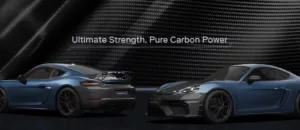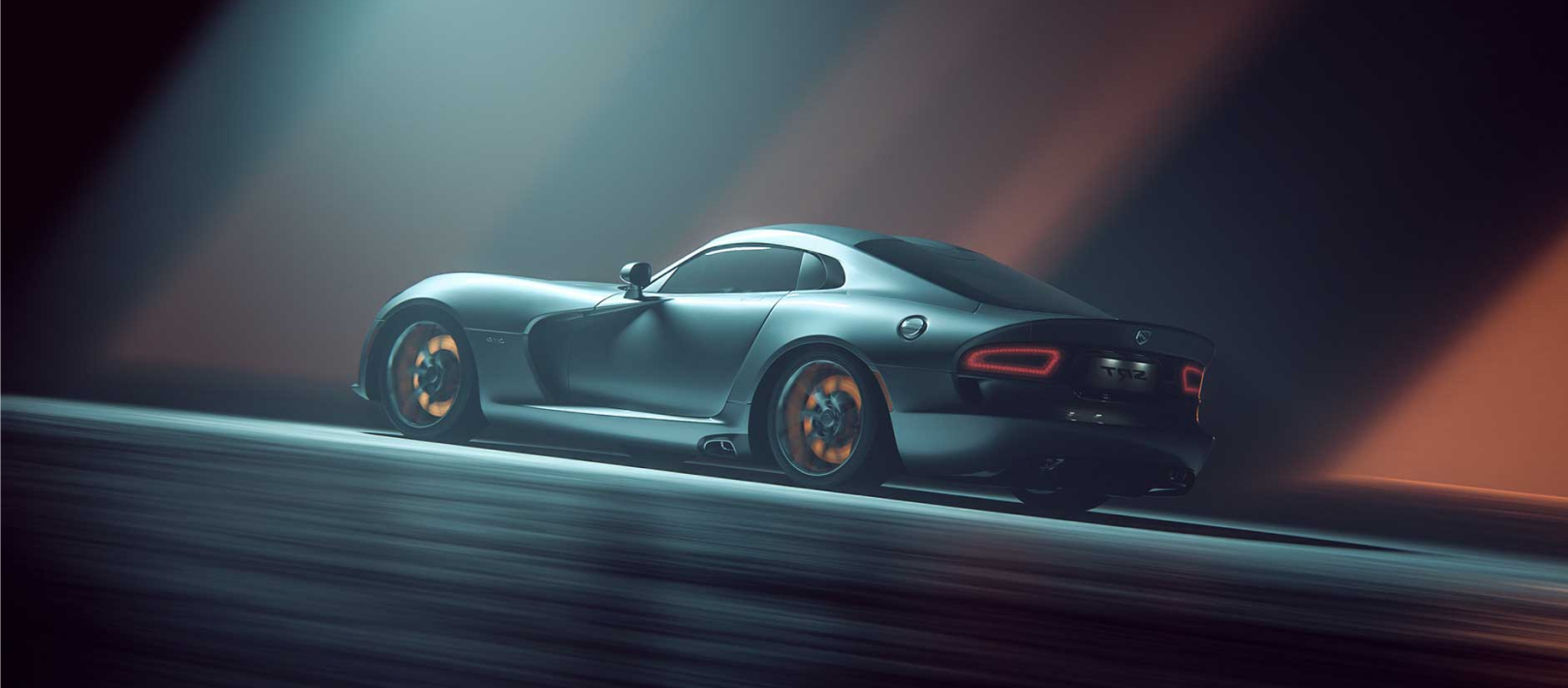PPF vs. Vinyl Wrap: Which Is Better for Your Car?
PPF vs. Vinyl Wrap: Understanding the Difference Between Paint Protection Film and Body Wraps
When it comes to enhancing and protecting your vehicle’s appearance, two popular options often come up: Paint Protection Film (PPF) and Vinyl Wrap. Though both offer aesthetic upgrades and protection, they serve very different purposes. So, which one is right for your car?
In this guide, TERMINAX PPF, a leader in high-performance paint protection films, dives deep into the PPF vs. vinyl wrap debate, helping you understand their key differences, advantages, and best-use scenarios.
Whether you’re looking to protect your factory paint, change your car’s color, or do both, this comparison will help you make the best investment.

What Is Paint Protection Film (PPF)?
PPF, or Paint Protection Film, is a transparent polyurethane film that’s applied over your car’s painted surfaces. Its primary function is to protect the vehicle’s paint from physical damage such as:
- Rock chips
- Scratches
- Road debris
- Minor abrasions
- Environmental contaminants (bird droppings, bug acids, etc.)
TERMINAX PPF is engineered with self-healing technology, meaning minor scratches disappear with heat, keeping your car looking newer for longer.
What Is a Vinyl Wrap?
A vinyl wrap, on the other hand, is a thin, flexible, adhesive-backed film used primarily to change the color or finish of a vehicle. Vinyl wraps are available in an endless array of styles:
- Gloss, matte, satin
- Chrome, carbon fiber
- Color-shifting and textured finishes
While vinyl can offer some protection from UV rays and light surface damage, it’s not designed for impact resistance like PPF.
PPF vs. Vinyl Wrap: Head-to-Head Comparison
Let’s break down the differences between PPF and vinyl wrap in terms of key features:
| Feature | PPF (Paint Protection Film) | Vinyl Wrap |
| Primary Purpose | Paint protection | Aesthetic customization |
| Finish Options | Clear, gloss, matte (limited), colored | Wide variety of colors and textures |
| Durability | High — impact-resistant | Moderate — scratch-resistant, not impact-resistant |
| Lifespan | 7–10 years | 3–5 years |
| Self-Healing | Yes (with heat) | No |
| Thickness | 6–8 mils | 2–4 mils |
| UV Protection | Excellent | Good |
| Paint Damage Prevention | Yes | Minimal |
| Cost | Higher | Lower |
| Installation Complexity | High — requires expert application | Moderate — more forgiving |
Advantages of Paint Protection Film (TERMINAX PPF)
If protecting your factory paint is your top priority, there’s no better solution than TERMINAX PPF. Here’s why:
1. Invisible Armor
PPF is crystal clear and nearly invisible. It preserves your car’s original look while shielding it from damage.
2. Self-Healing Properties
TERMINAX PPF features a topcoat that automatically heals light scratches and swirl marks when exposed to sunlight or heat, keeping your finish flawless.
3. Superior Impact Protection
Unlike vinyl, PPF absorbs the force of impacts from rocks, road debris, and door dings — helping prevent expensive repainting or bodywork.
4. Stain and UV Resistance
PPF resists yellowing, staining, and fading, even under harsh sun exposure or chemical contaminants.
5. Long-Term Value
Though more expensive upfront, PPF increases resale value by keeping the original paint in pristine condition.
Advantages of Vinyl Wrap
While PPF is all about protection, vinyl shines when it comes to style and creativity. Here’s why vinyl wraps are still a favorite:
1. Customizable and Temporary
Wraps can be removed without damaging your original paint, making them perfect for lease vehicles or temporary design changes.
2. Budget-Friendly
If you’re mostly looking for a visual upgrade without the high cost of a full respray, vinyl wrap is an affordable alternative.
When Should You Choose PPF?
You should consider PPF if:
- You have a new or high-end vehicle and want to preserve the paint
- You drive frequently on highways or gravel roads
- You want long-lasting protection against chips, scratches, and stains
- You prefer keeping your car’s original color and finish
- You plan to combine PPF with a ceramic coating for maximum protection
When Should You Choose a Vinyl Wrap?
Vinyl wraps are ideal when:
- You want to change your car’s color or style
- You’re working with a limited budget
- Your goal is short- to medium-term visual enhancement
- You’re looking to wrap a company vehicle with branding graphics
- You don’t need strong impact protection
Can You Combine PPF and Vinyl Wrap?
Yes — and it’s becoming increasingly popular.
You can wrap your vehicle in a vinyl color of your choice and then apply TERMINAX PPF on top to protect high-impact areas like the front bumper, hood, and mirrors. Some even choose clear matte PPF to turn a gloss paint finish into a stealthy matte look while adding protection.
Why Choose TERMINAX PPF?
At TERMINAX, we specialize in next-generation paint protection film built for real-world performance and visual perfection. Here’s what sets us apart:
Self-Healing Topcoat – Scratches vanish with heat
UV-Resistant & Non-Yellowing – Keeps your paint fresh
Hydrophobic Surface – Easy to clean, repels water and dirt
Precision-Cut Patterns – For factory-like fit and finish
Certified Installers – Nationwide professional service
Warranty-Backed – Up to 10 years of confidence
Our TERMINAX PPF solutions are designed to protect your investment and preserve your vehicle’s showroom shine for years.
Final Verdict: PPF vs. Vinyl Wrap — Which Is Right for You?
Both PPF and vinyl wraps offer unique benefits, but the right choice depends on your goals:
- Choose TERMINAX PPF if protection, durability, and paint preservation are your top priorities.
- Choose vinyl wrap if you want maximum styling flexibility at a lower price point.


